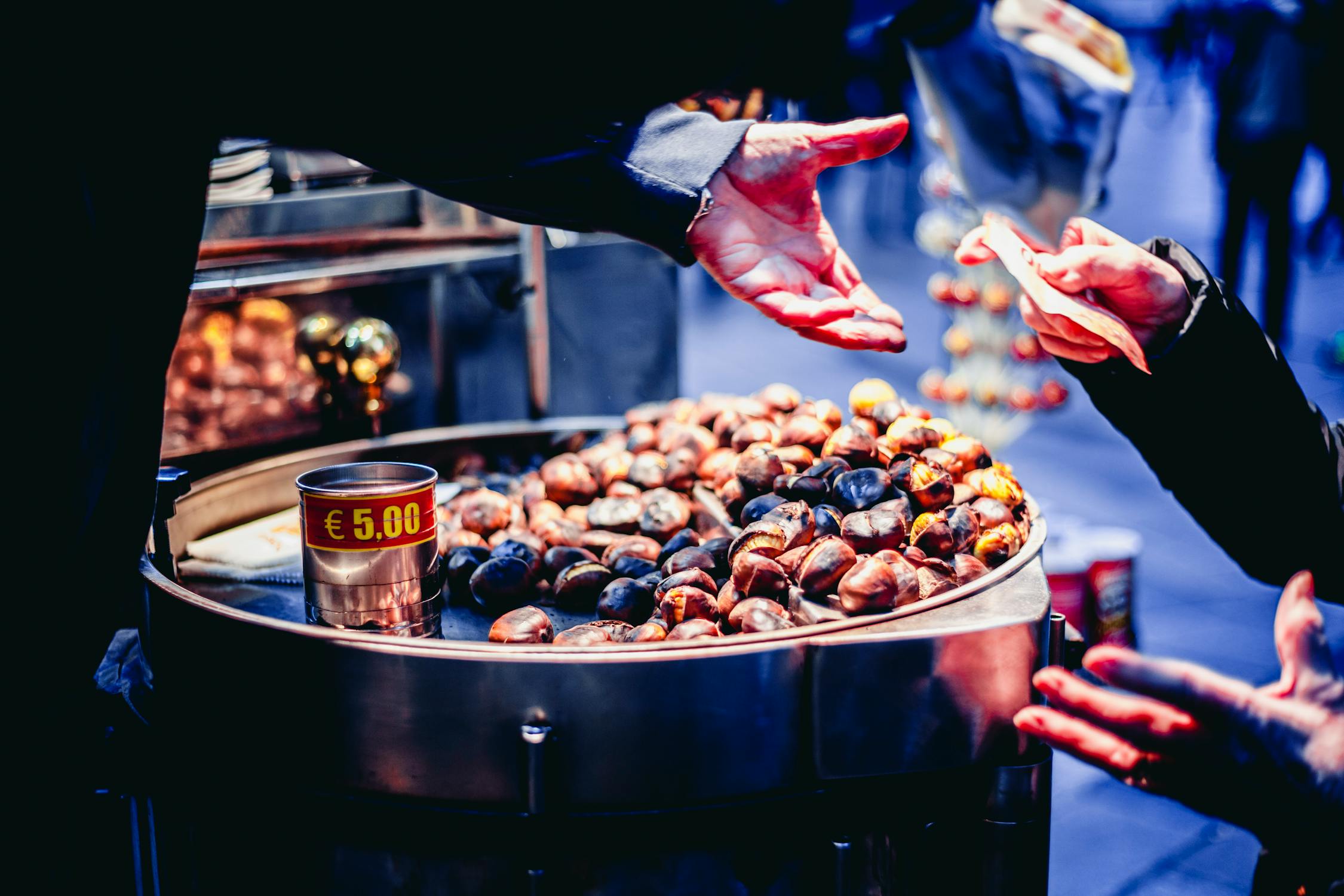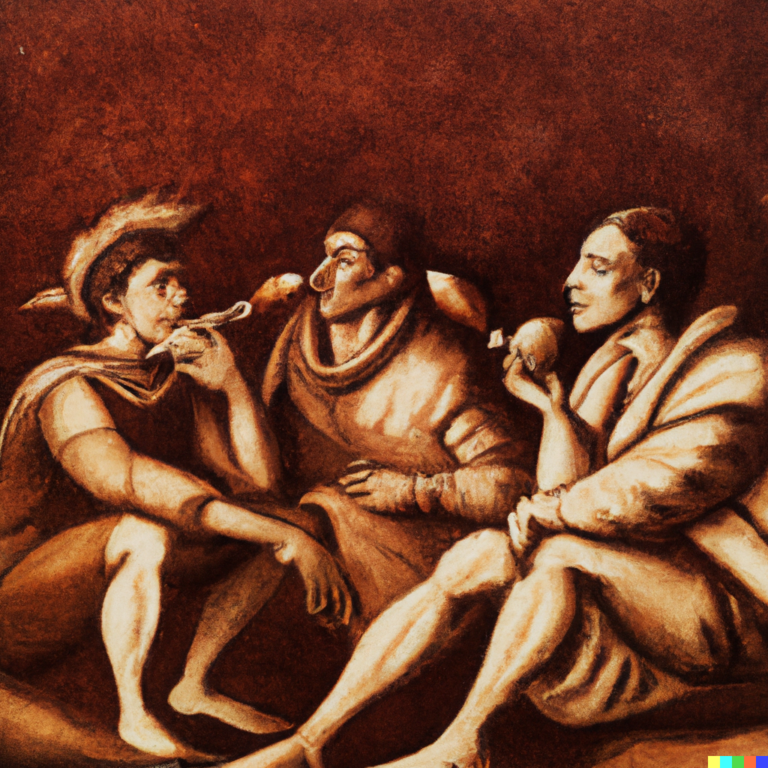From Courtrooms to Chestnuts
A LEGAL TALE OF AUTUMN
In this article, we unravel the unique historical connection between chestnuts and lawyers, showcasing how these seemingly disparate elements have a deep-rooted bond. Join us on this journey through history, where autumn’s favorite nut and the legal profession’s traditions intertwine.
An article by Pablo MartínSánchez

Autumn is the season of chestnuts in many parts of the world. As the chestnut trees shed their bountiful fruits, people gather to enjoy these delectable nuts, whether roasted, boiled, or turned into rich, creamy soups. But what does this have to do with lawyers? To find out, we need to delve into history.
Chestnuts and law
Hello food enthusiasts and history buffs! As the crisp autumn air sets in and the leaves transform into a vibrant tapestry of red and gold, there’s no better time to explore the fascinating historical relationship between chestnuts and the legal profession. While it might seem like an unlikely pair, these two have more in common than you’d think. So grab your roasted chestnuts and let’s dive into this intriguing story!


Now, here’s where the connection to lawyers comes into play. In Roman society, lawyers were known as “advocates.” These advocates were not only responsible for defending their clients in legal matters but also for helping the less fortunate. The Romans had a tradition known as “alimenta,” a system of public assistance that provided food and financial support to children in need. Chestnuts, with their versatile uses, were a significant part of this food assistance system.
In the spirit of the season, advocates in Rome would often distribute chestnuts to those in need, especially children. This act of kindness was seen as an extension of their duty to protect and serve the vulnerable in society, much like their role in the courtroom. It symbolized their commitment to both justice and the well-being of their fellow citizens.
In the spirit of the season, advocates in Rome would often distribute chestnuts to those in need, especially children. This act of kindness was seen as an extension of their duty to protect and serve the vulnerable in society, much like their role in the courtroom. It symbolized their commitment to both justice and the well-being of their fellow citizens.
As centuries passed, chestnuts remained a symbol of sustenance and support, while the legal profession continued to evolve. Though the tradition of giving chestnuts to the needy by lawyers has faded, the connection between autumn chestnuts and the legal profession lives on in the pages of history.
So, next time you savor a handful of roasted chestnuts in the crisp autumn air, remember the deep-rooted historical connection to the legal profession. Chestnuts, like lawyers of old, provide nourishment and warmth to those who enjoy them. In this season of giving, let’s take a moment to appreciate the traditions and values that have shaped both our culinary and legal landscapes.
And there you have it, a unique tale of how chestnuts and lawyers share a surprising historical bond. As you enjoy this delightful autumn treat, savor the knowledge that even the simplest of foods can carry a rich and diverse history that connects us to our past in unexpected ways. Happy fall, everyone!
